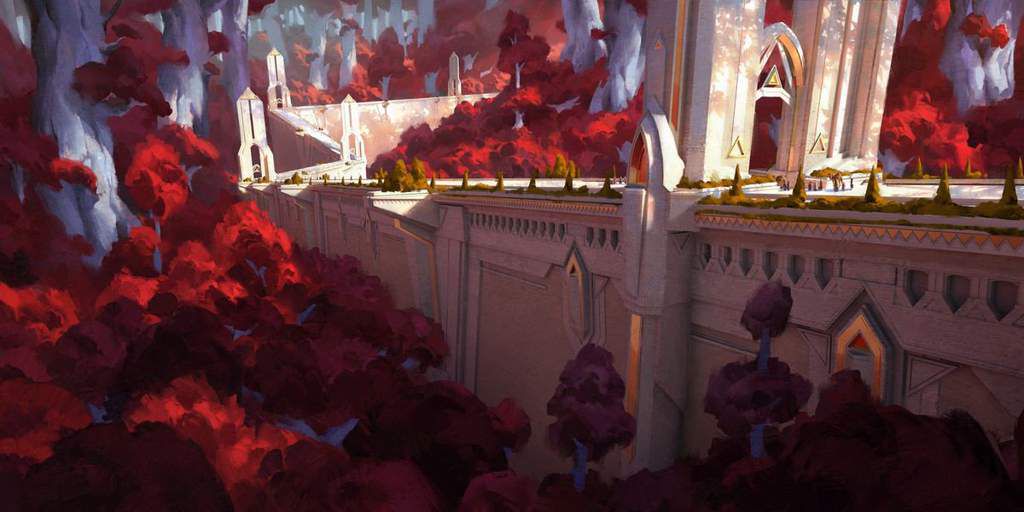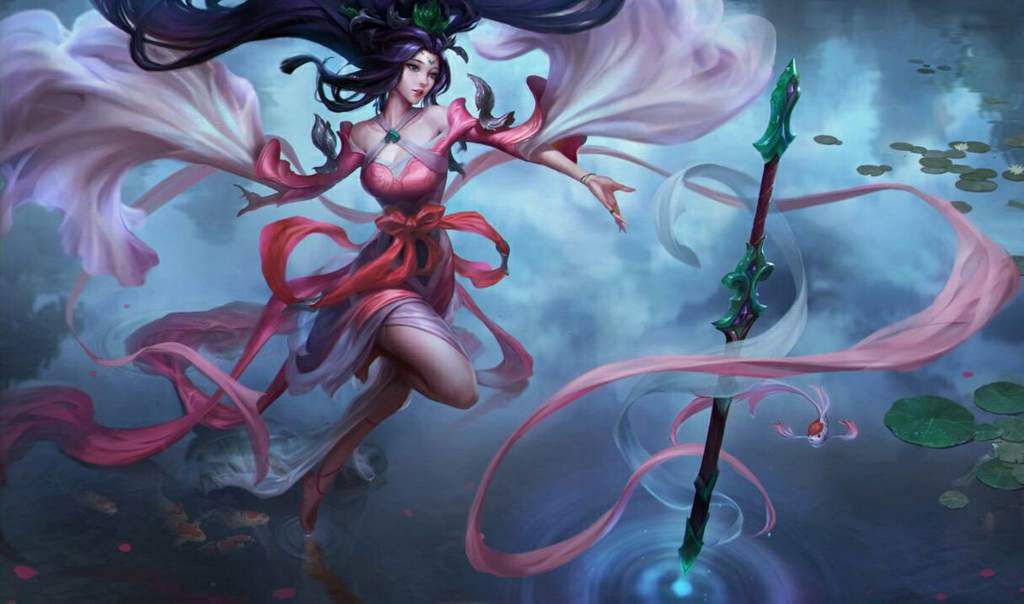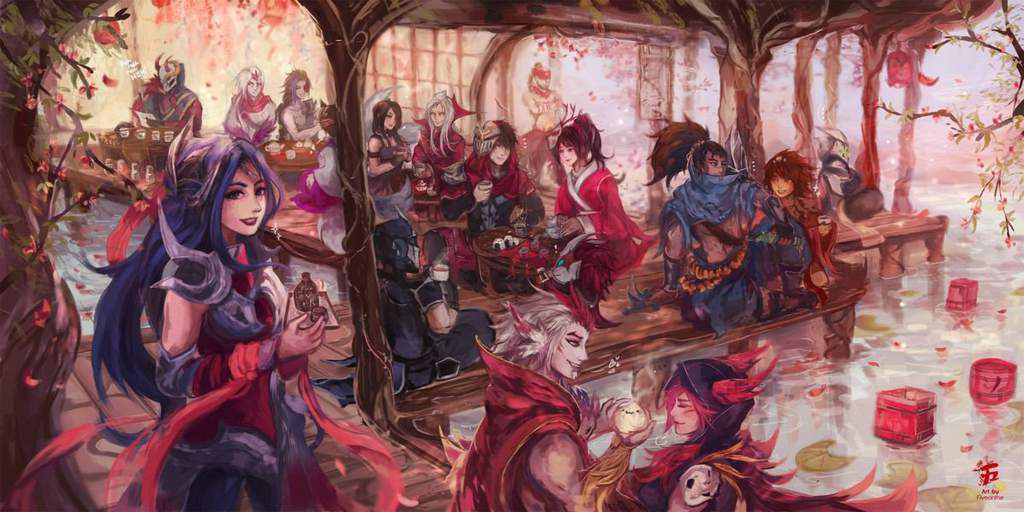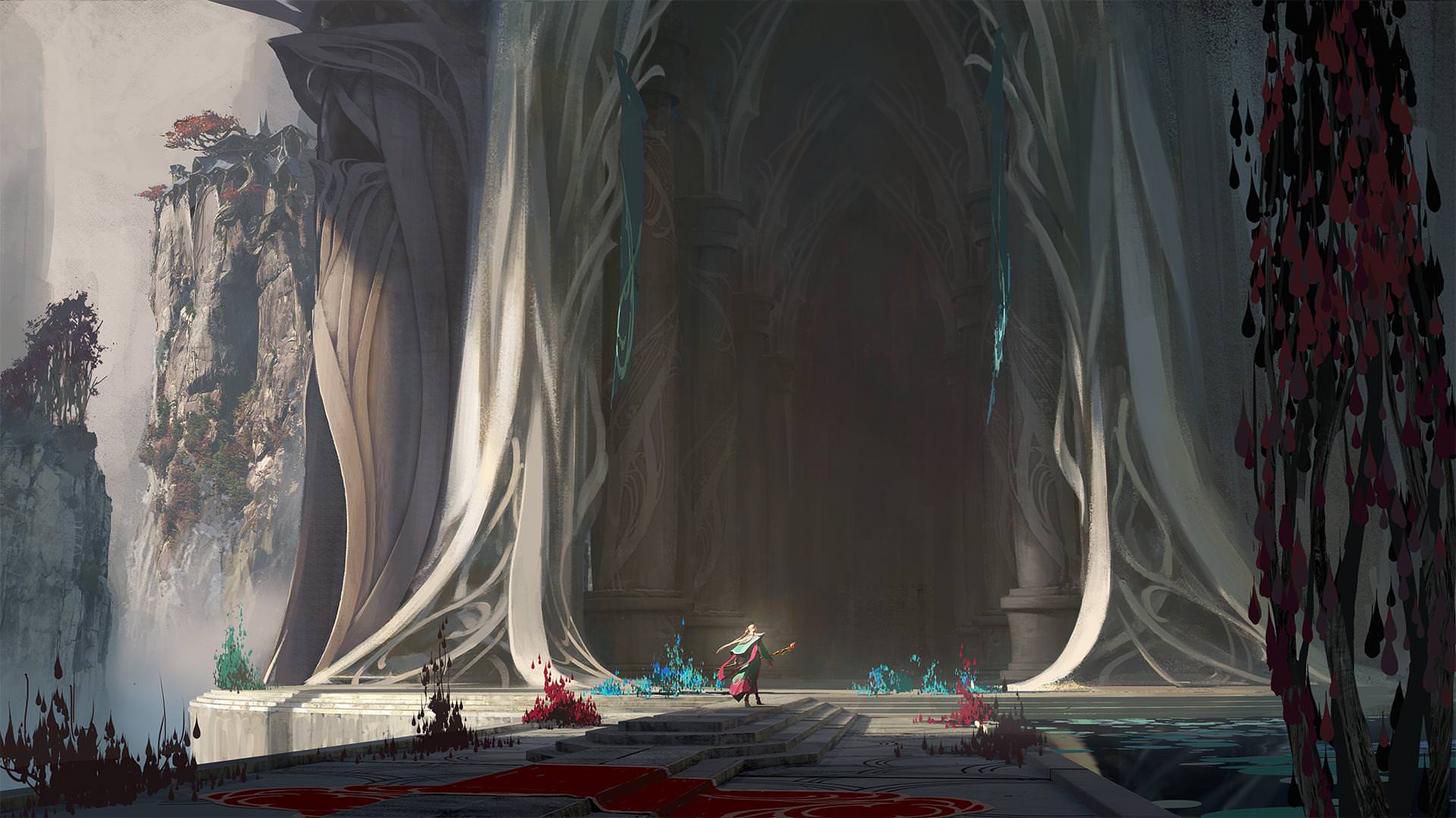
Education

Introduction to Historical Fiction (Part One)

Importance of Setting
A common question that people ask themselves when they begin a story is: "where will my story take place?"
Location is important in every genre, but in historical fiction, it helps provide context to any events or conflicts that may be, or will be, happening. They can also explain why individuals think, behave, or speak the way they do. Before you begin writing your story, take a few moments to decide where your story will take place. Does it occur in a real or fictional location?
When you're creating a fictional world that is not derived from the real world, you will need to work harder at describing the elements of your world since there is no basis for the reader to visualize your world. This includes elements such as any languages you may have created, customs and traditions, architecture and any other relevant information. Just be careful with info dumping!
Where your story occurs may also have an impact on neighboring cities, countries, or continents either through the presence of war or trade. If there are conflicts or alliances between two entities, it's best to note this either in the form of a chart or venn diagram so you can refer to it when needed. You may not need to use all of this information but it's better to have too much background information rather than not enough.


Time Period
Time period refers to when the story takes place. This is an extremely important element in historical fiction because it is considered one of the biggest parts of a story's background. This can also provide context to a world's resources, cultural values, technology, knowledge, and other aspects.
The time period that you select can greatly impact the amount of research that you can compile for your story. There may be little to no records of any information because (A) writing systems were not yet developed, (B) the importance of historical preservation were not yet realized, or (C) records were lost or destroyed sometime in the past.


Describing Setting
When describing the setting of your story, it's important to take all five senses, sight, hearing, taste, texture, and smell, into account. You don't want to overdo it by incorporating all at once, but you should consider implementing at least two applications of the senses when you describe a location. You can do this through the use of metaphors and similes.
If you're writing in first person, remember your character's limits. This means that they can't see or hear everything that's happening elsewhere. If they have an ability that grants them enhanced hearing or x-ray vision, then that'd be a different story. However, it's important to provide some context if you explain something that's happening in a room other than the one the main character is in.
The best way to determine if you're over-describing the background of your world or the environment itself is to think about your chapter as a whole. You don't want there to be more paragraphs of setting than of dialogue or action. I find it extremely helpful to set a paragraph limit (or line limit on the mobile version of Wattpad or other writing apps) so that it doesn't overwhelm the rest of the story.


Time and Weather
Informing the reader of the time (month, season, and/or year) is important because then they can understand why things may be different than how they are now. However, before you designate the time the story takes place, you must figure out what calendar you will you use.
The most widely used calendar is the Gregorian calendar. We use this to date, however, various other countries have their own calendars to mark religious and notable historic events. There have also been several variations throughout the centuries as scientific analyses have evolved. The manner in which time is reflected in your story depends on the location and time you've selected.
It's possible for you to come up with a completely fictional method of telling or recording time, however, it is recommended that you provide some sort of explanation as to how it differs from our established sense of time.
Time not only refers to the date, but to the changing of the seasons and hours of daylight. An area that experiences more daylight exposure will most likely have warmer temperatures. And an area that experiences less daylight exposure will most likely have cooler temperatures. Thus, creating a disparity in seasons.


Example (First Person POV)
"I looked around the room I was in, feeling as though I was intruding on someone else's space. It was clear that the room hadn't been prepared for me since no one was expecting my arrival. There was an inescapable stuffiness that spread throughout the room, like no one had entered the room in days. My suspicions were confirmed when I saw scrolls littered atop an antique desk. The calligraphy ink was smeared and illegible, making it difficult to read them as a whole. However, based on what little I could read, they looked to be verses of a poem." (A Celestial Requiem, C.VIII)


Cuisine
A country's cuisine is something they pride their nation on because it can be used as a tool to maintain tradition, pass on a story to future generations, or simply invoke a sense of nationalism.
What food the people in your story eats or prepares relies on the tools and resources they have available. It is also capable of explaining what social class and/or rank that the people are.
Incorporating scenes with food like the marketplace, a large banquet, or a medieval feast can be a great way to draw your readers. It helps make the scene lively and it can also make your readers hungry if done correctly!
Here is a helpful link that I like to refer to: https://en.m.wikipedia.org/wiki/Timeline_of_food


Example
"The warning fell flat as Hestia began scarfing down the food at a disturbingly fast rate. Every addition to the dish exploded in the form of savory fireworks in her mouth. She could taste the zesty lemon juice, the lingering chili sauce, and the salty crab meat. With the combination of all the flavors, the food became a refreshing oasis. It was a nice contrast to the torturous heat of the sun. The food melted her mouth, causing tingles to radiate to the tips of her fingers and toes." (Engulfed by Aries, C.IV)


Shelter
Shelter relates to the type of buildings and homes that exist in your story (i.e., architecture). When describing setting, you may come across a time in which you'll have to describe your character's home, their hometown, or the places they're traveling to.
Usually, the reader likes to be able to see things through the character's eyes. One way to do this is to describe the architecture of the buildings around them. Architecture can speak volumes about the place's resources. However, it is important to note once again that depending on the location and the time period, resources will vary from place to place.
In prehistoric times, stones, mud, and grass were the primary resources for building shelter. At this time, humans did not have the knowledge or the resources to craft tools to help them build structures to combat weather and climate conditions.
Moving over to Ancient Egypt, natural resources such as mud are still being used. Rarer materials such as limestone were used for sacred temples and tombs. The walls of these structures were often covered with carvings and hieroglyphic paintings that talked about the history of their people.
Below is a timeline and a link of the history of architecture. It can be very helpful to know the styles and basic characteristics if you'd like to describe the home that your character resides in or the change from when they move from one country to another. They can also serve as a useful foundation if you wish to use a certain period's style as influence for your fictional world.

Link (given as external link below): http://www.greatbuildings.com/timelines/places/places.html%3Ca%20href='/c/SaltInk/tag/asia/'%3E#asia


Transportation
At some point, you'll need to describe how your characters get around. In the early stages of mankind, primary transportation would be nonexistent because humans would simply walk from place to place.
As time moves on, you'll find that humans become more dependent on animals, motor vehicles, airplanes, trains, buses, and boats. Knowing what time period your character lives in and where the story takes place can help you quickly narrow down some common modes of transportation.
If you're writing an alternate history or historical fantasy and incorporating something that didn't and would never existed in your selected time period and location, you would need to know how it was developed, how it is used, who uses it, and why. Although you may never use most of the information, the more information you have will help you better understand how to describe it in your writing.

All images, except the diagram, are credited to Riot Games.
Bạn đang đọc truyện trên: Truyen247.Pro